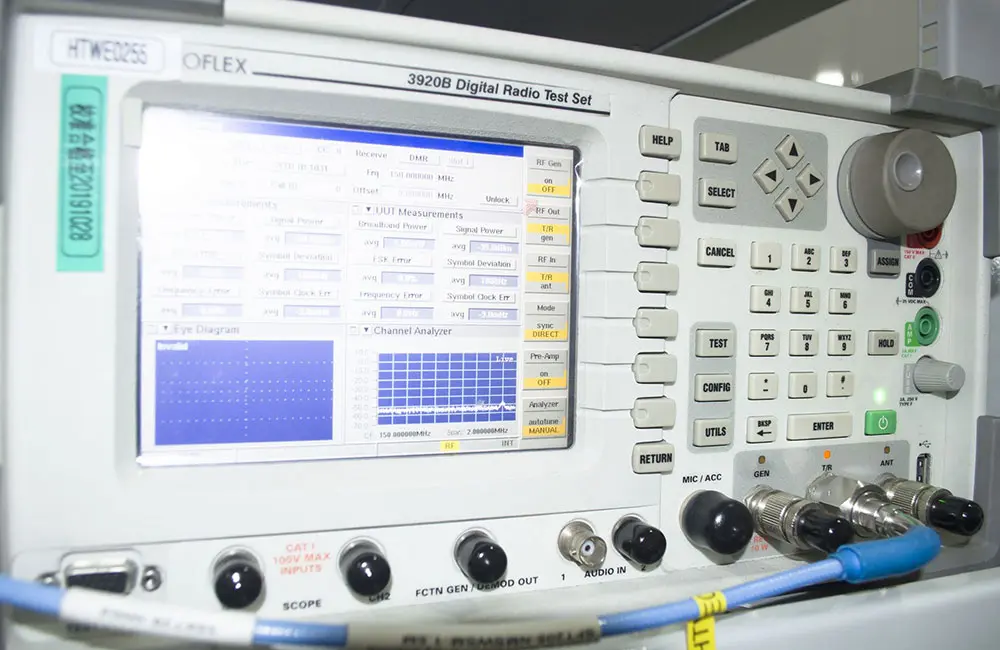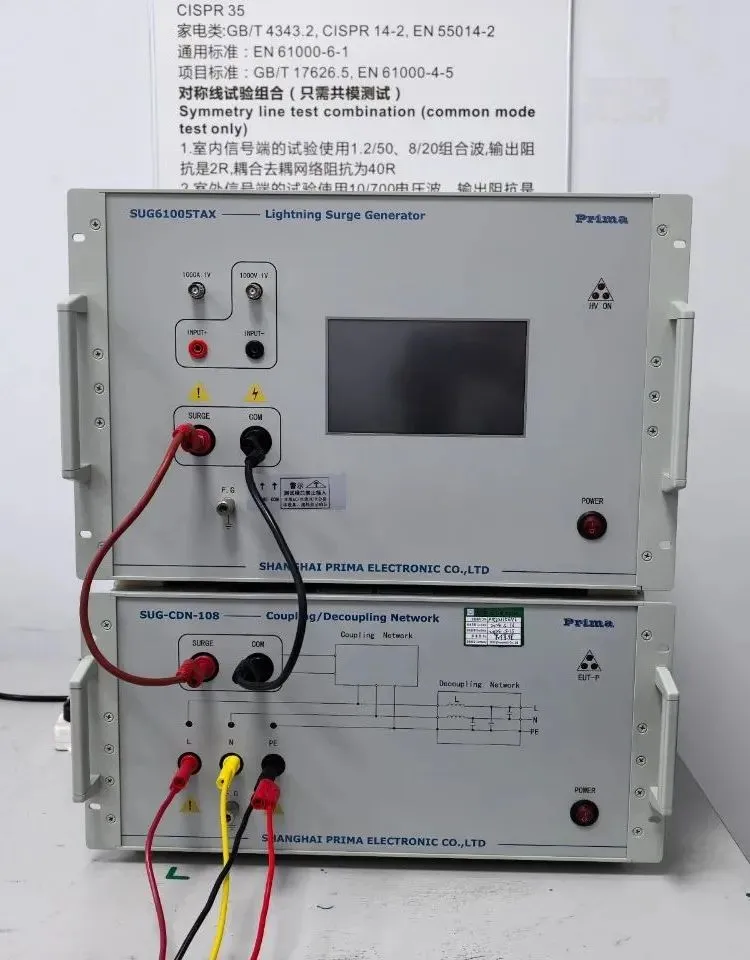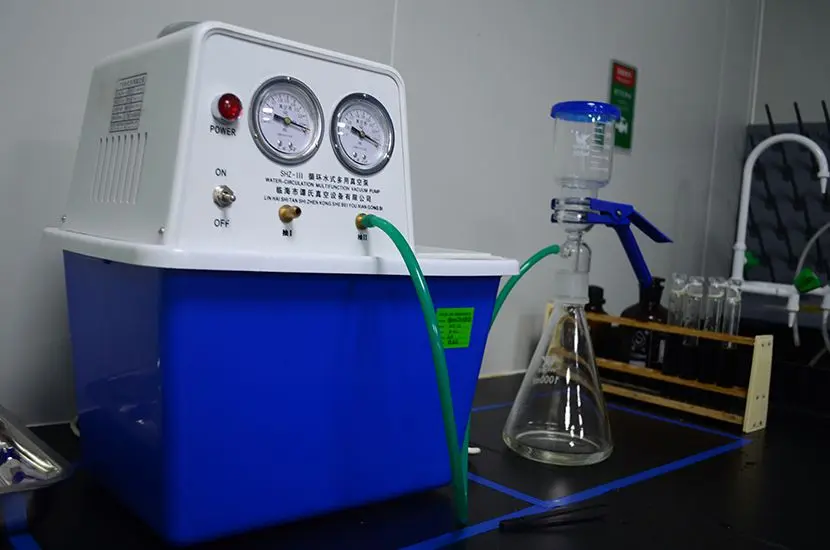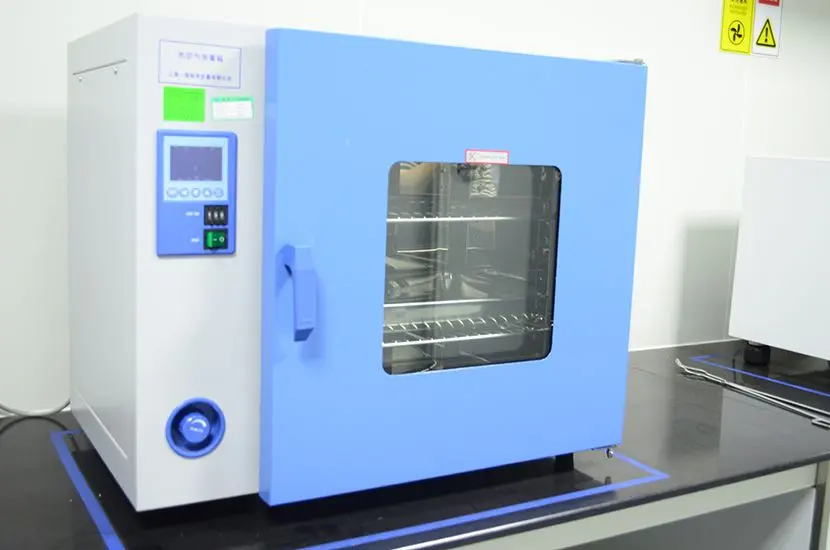
EMC EMI Certification Service Laboratory
Introduction to EMC
Electromagnetic compatibility (EMC) refers to a device or system's ability to operate in its electromagnetic environment without causing intolerable electromagnetic interference to other devices. EMC has two key aspects:
1. EMI (Electromagnetic Interference): Ensures that the electromagnetic interference generated during normal operation does not exceed certain limits.
2. EMS (Electromagnetic Susceptibility): Ensures that the device can resist a certain level of electromagnetic interference from its environment.

emi testing
- Radiated Emission:
Standard: CISPR/EN 55011, EN 55013, EN 55015, CISPR 15, EN 55014, en 55032, CISPR 22, EN 55035, EN 61547, EN 60598, Part 15B, Part 18, EN 301 489, YY0505, GB/T 18268.1, GB/T 18268.26
Specification: 9kHz~26.5GHz
- Conducted Interference:
Standard: CISPR/EN 55011, EN 55013, EN 55015, CISPR 15, EN 55014, EN 55032, CISPR 22, EN 55035, EN 61547, EN 60598, Part 15B, Part 18, EN 301 489, YY0505, GB/T 18268.1, GB/T 18268.26
Specification: 9kHz~30MHz
- Interference Power:
Standard: EN 55014, CISPR 14-1, EN 55013, EN 55032, CISPR 13
Specification: 30~300MHz (2m loop antenna)
- Magnetic Field Radiation:
Standard: CISPR/EN 55032, CISPR 14-1
Specification: 9kHz~30MHz
- Harmonic Current:
Standard: IEC/en 61000-3-2, GB 17625.1
Specification: 1~40th harmonics
- Voltage Fluctuation and Flicker:
Standard: IEC/EN 61000-3-3, GB 17625.2
Specification: AC 200 to 250V, 50/60Hz, 0 to 16A
EMS Testing
- Electrostatic Immunity:
Standard: IEC/EN 61000-4-2, GB/T 17626.2
Specification: 2~30kV
- Radiated Immunity:
Standard: IEC/EN 61000-4-3, GB/T 17626.3
Specification: 26MHz~3GHz
- Electrical Fast Transient/Burst Immunity:
Standard: IEC/EN 61000-4-4, GB/T 17626.4
Specification: 0~4kV
- Surge Immunity:
Standard: IEC/EN 61000-4-5, GB/T 17626.5
Specification: 0~4kV
- Conducted Immunity:
Standard: IEC/EN 61000-4-6, GB/T 17626.6
Specification: 10V (150~230MHz)
- Power Frequency Magnetic Field Immunity:
Standard: IEC/EN 61000-4-8, GB/T 17626.8
Specification: 1~30A
- Voltage Dips and Interruptions Immunity:
Standard: IEC/EN 61000-4-11, GB/T 17626.11
Specification: Voltage variation: 0~100%
Electrical Safety
What is Electrical Safety Certification?
Electrical safety certification ensures the safety of product users and the environment. Each country has its own certification requirements, and products must meet these standards to be sold in the market. As consumers prioritize safety over price or features, purchasing compliant products has become essential.
What is LVD?
LVD stands for "low voltage directive" (2006/95/EC), covering electrical products with AC voltages between 50 and 1000V or DC voltages between 75 and 1500V.
Common Safety Standards
- Household Appliances: EN 60335, iec 60335, UL 507, UL 1026, UL 1082, UL 1083, UL 982, UL 499, ul 1647
- IT Products: EN 60950, IEC 60950, GB 60950, UL 60950
- AV Products: en 60065, IEC 60065, UL 6500, UL 1492
- Lighting: EN 60598, iec 60598, UL 153, UL 1571, UL 1993
- Power Supply Products: EN 61558, IEC 61558
- Machinery Products: EN 60204
- Medical Devices: GB 9706.1, GB 4793.1, YY0648
- Laboratory Instruments: GB 4793.1, YY0648
Safety Testing
1. Dielectric Strength Test: Determines if internal insulation can withstand high voltage without breakdown.
2. Abnormal Operation Test: Ensures safety under abnormal conditions like short circuits or open circuits.
3. Vibration Test: Verifies component durability after frequency sweeps.
4. Temperature Rise Test: Ensures no overheating under normal or abnormal use.
5. Ball Pressure Test: Assesses plastic material hardness and heat resistance.
6. Glow Wire Test: Tests resistance to ignition and flame spread for non-metal parts.
7. Leakage Current Test: Measures current leakage to ensure compliance with standards.
8. Mechanical Strength Test: Ensures mechanical/electrical safety under sudden external forces.
9. Cord Anchorage and Pull Test: Tests the durability of fixed non-detachable power cords.
10. Torque Test: Verifies wire durability under repeated bending.
11. Stability Test: Ensures stability under external forces like leaning or climbing.
12. High Temperature and Humidity Test: Verifies insulation reliability in harsh conditions.
13. Power Limitation Test: Ensures components meet power supply limits without requiring fireproof enclosures.
14. Working Voltage Test: Records peak and RMS voltages to determine creepage and clearance distances.
15. Ground Impedance Test: Verifies ground connection safety under high current.
16. Capacitor Discharge Test: Ensures safe discharge time to prevent electric shocks.
17. Limited Current Circuit Test: Assesses if circuits are safe for human contact.
18. Drop Test: Verifies safety of small or tabletop equipment after accidental drops.
19. Label Durability Test: Tests the durability of product labels.
Email:hello@jjrlab.com
Write your message here and send it to us
 What Are the Testing Items of California Propositi
What Are the Testing Items of California Propositi
 E-Cigarette EU TPD Testing
E-Cigarette EU TPD Testing
 Testing Certification for E-cigarettes Exported to
Testing Certification for E-cigarettes Exported to
 What is Amazon US CPC Certification?
What is Amazon US CPC Certification?
 UK Toy Safety Regulation Standard EN 71-13
UK Toy Safety Regulation Standard EN 71-13
 What is EU UFI Registration?
What is EU UFI Registration?
 EU UFI Registration for E-cigarette E-liquid
EU UFI Registration for E-cigarette E-liquid
 How to get the MSDS Report for Electronic Cigarett
How to get the MSDS Report for Electronic Cigarett
Leave us a message
24-hour online customer service at any time to respond, so that you worry!




